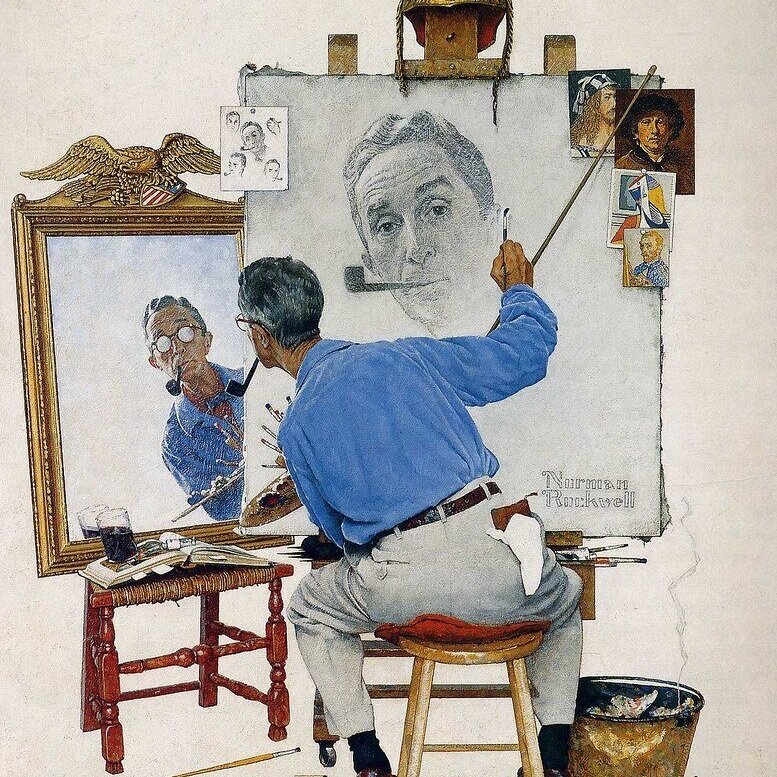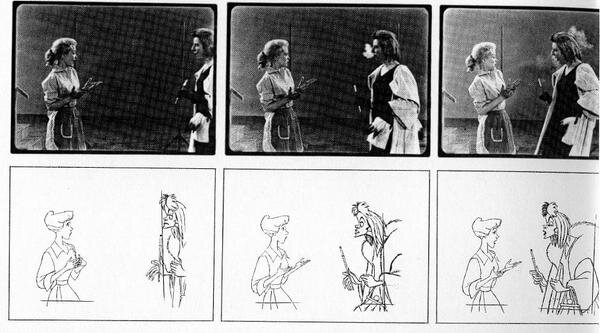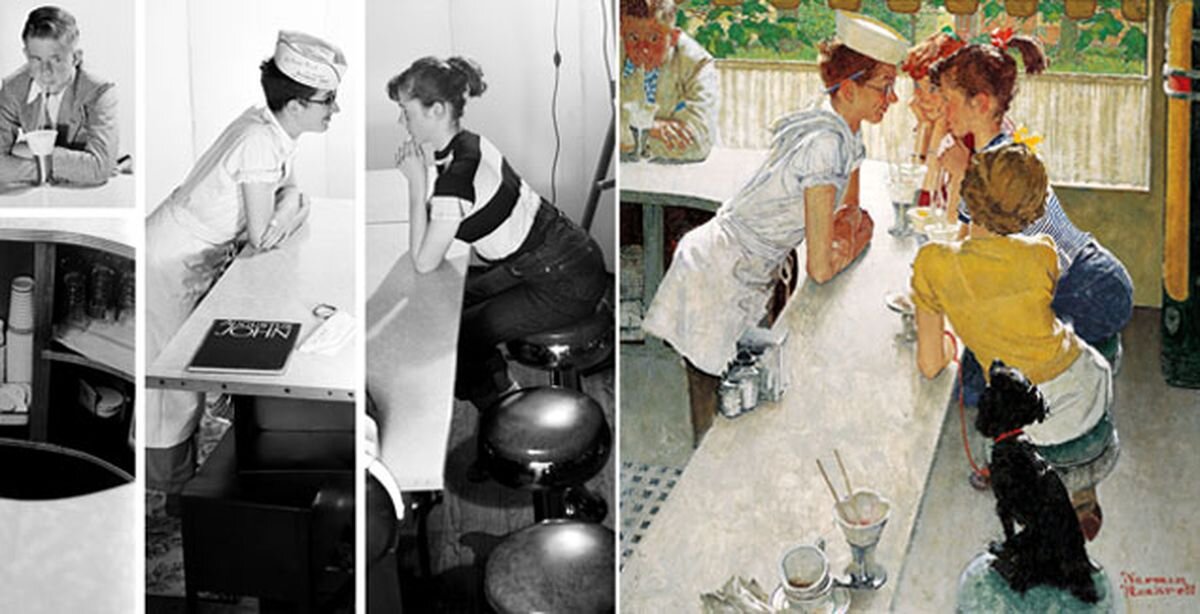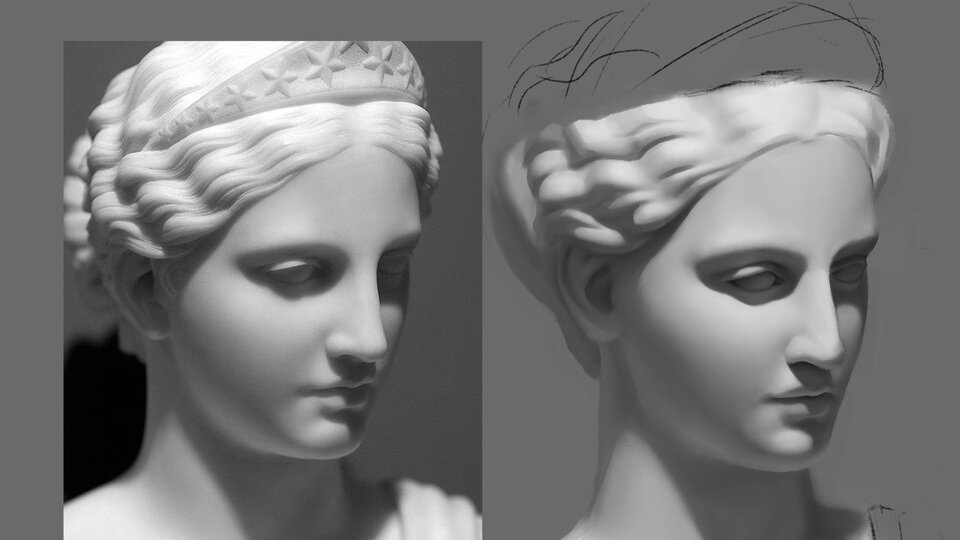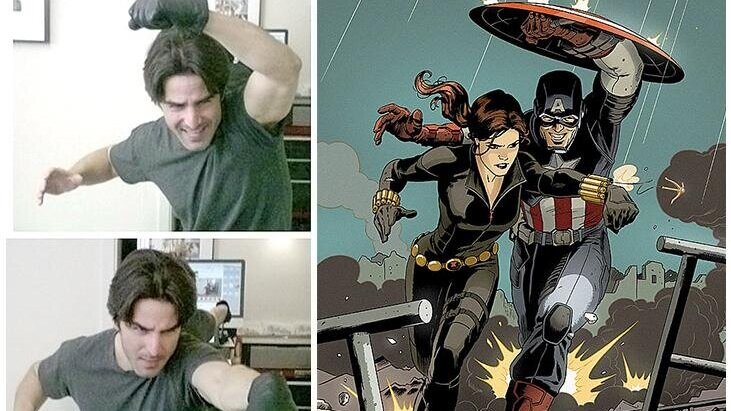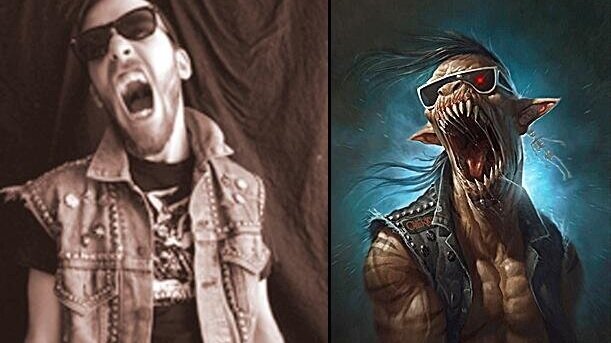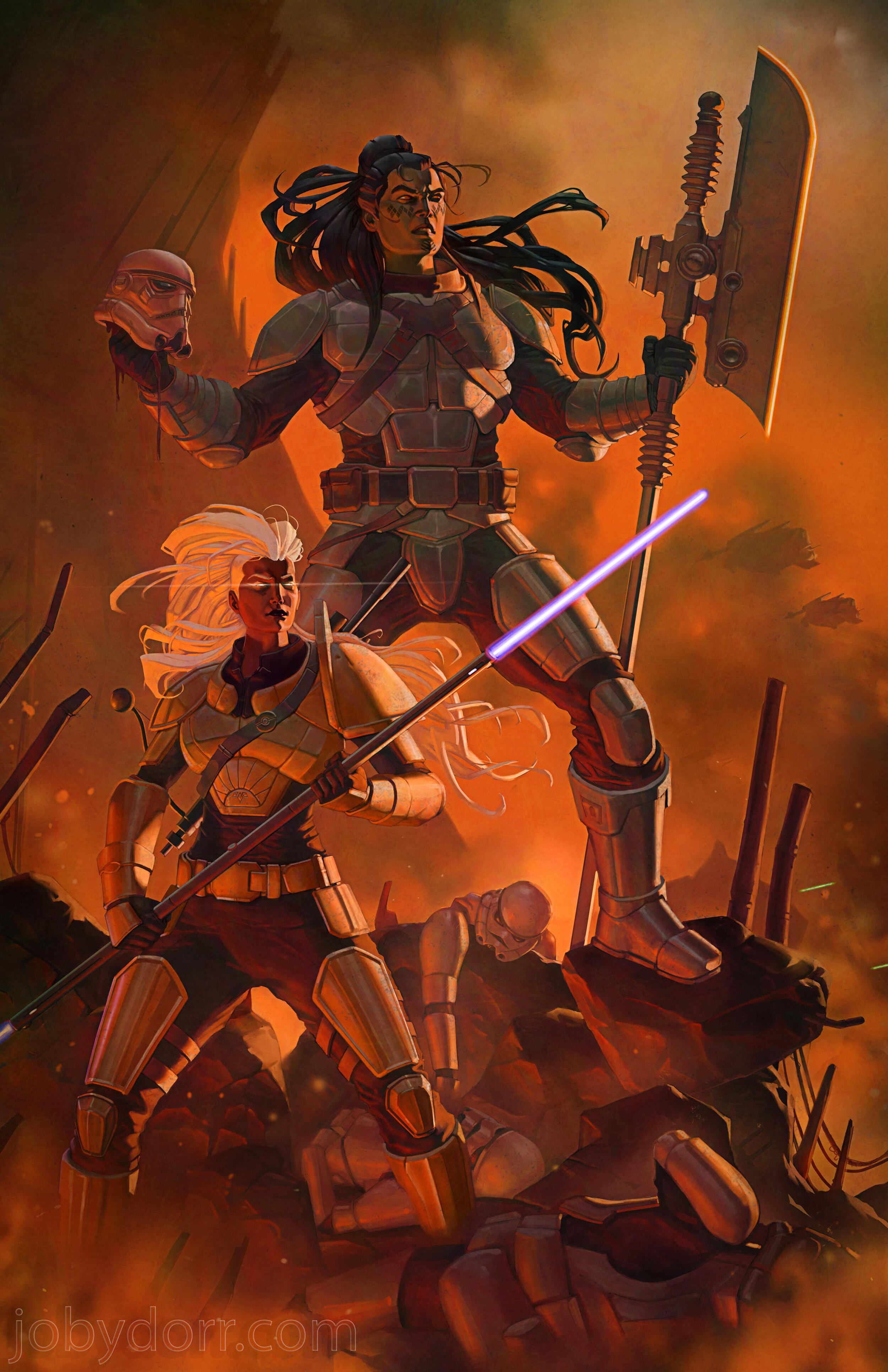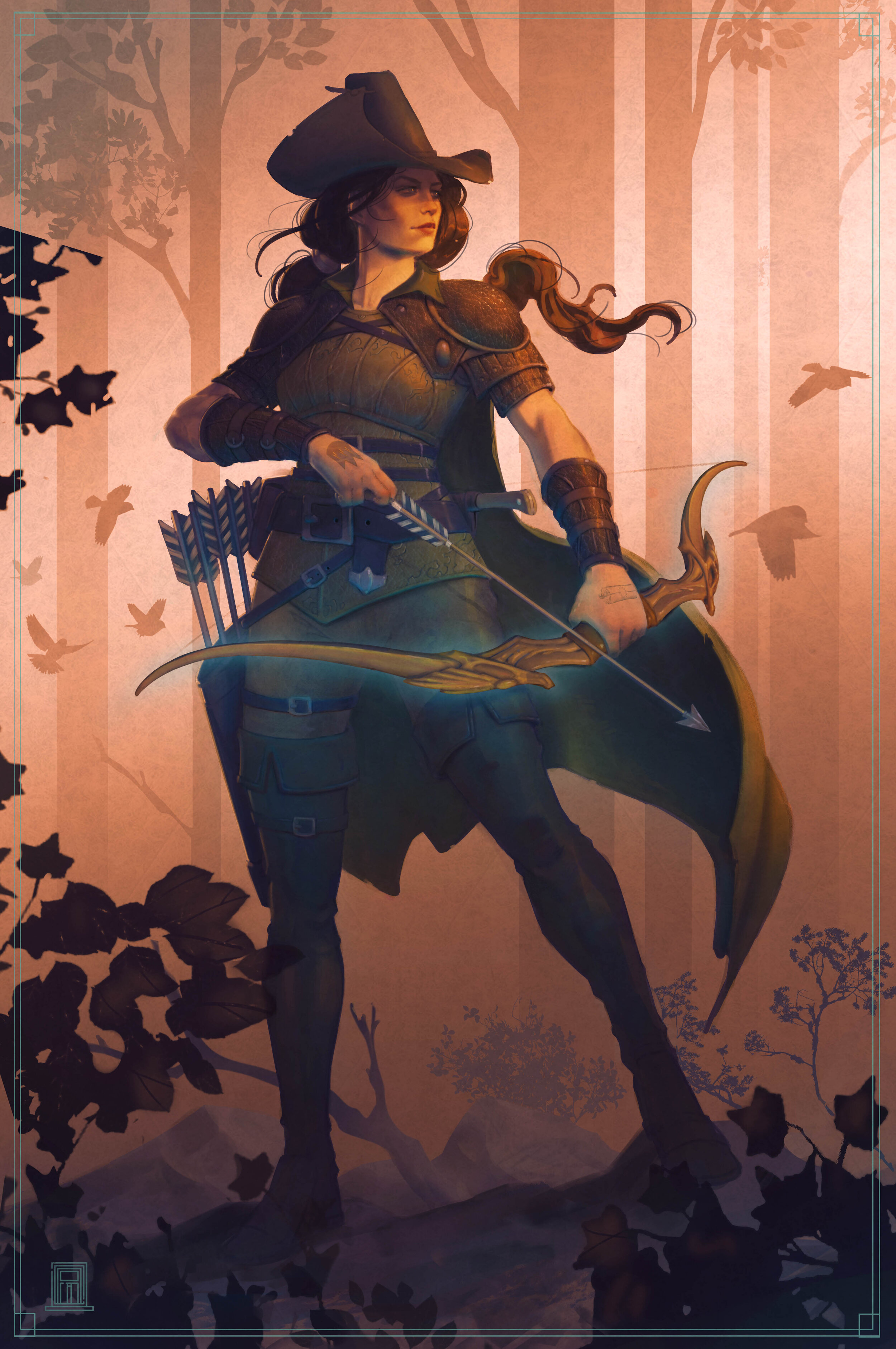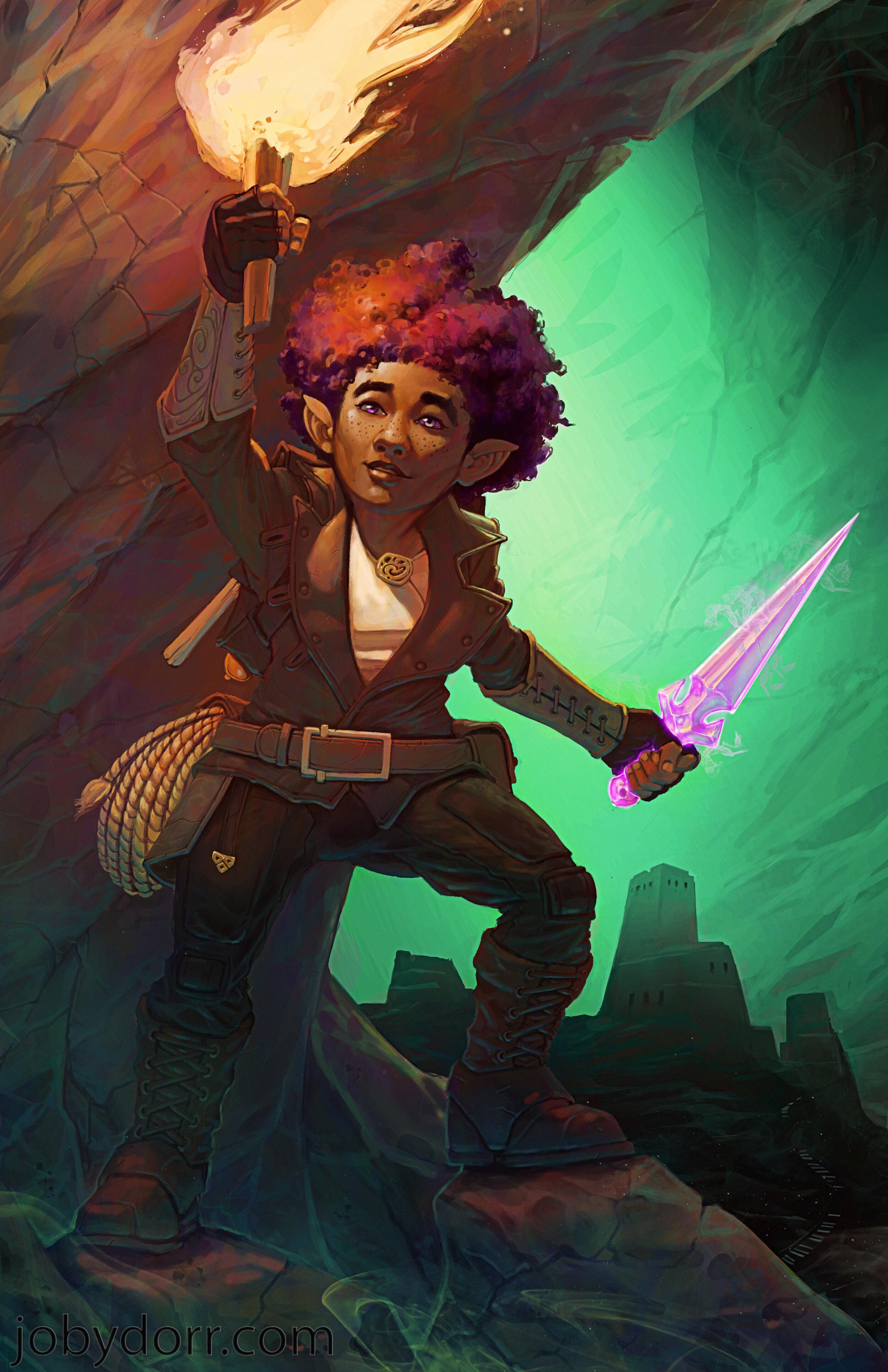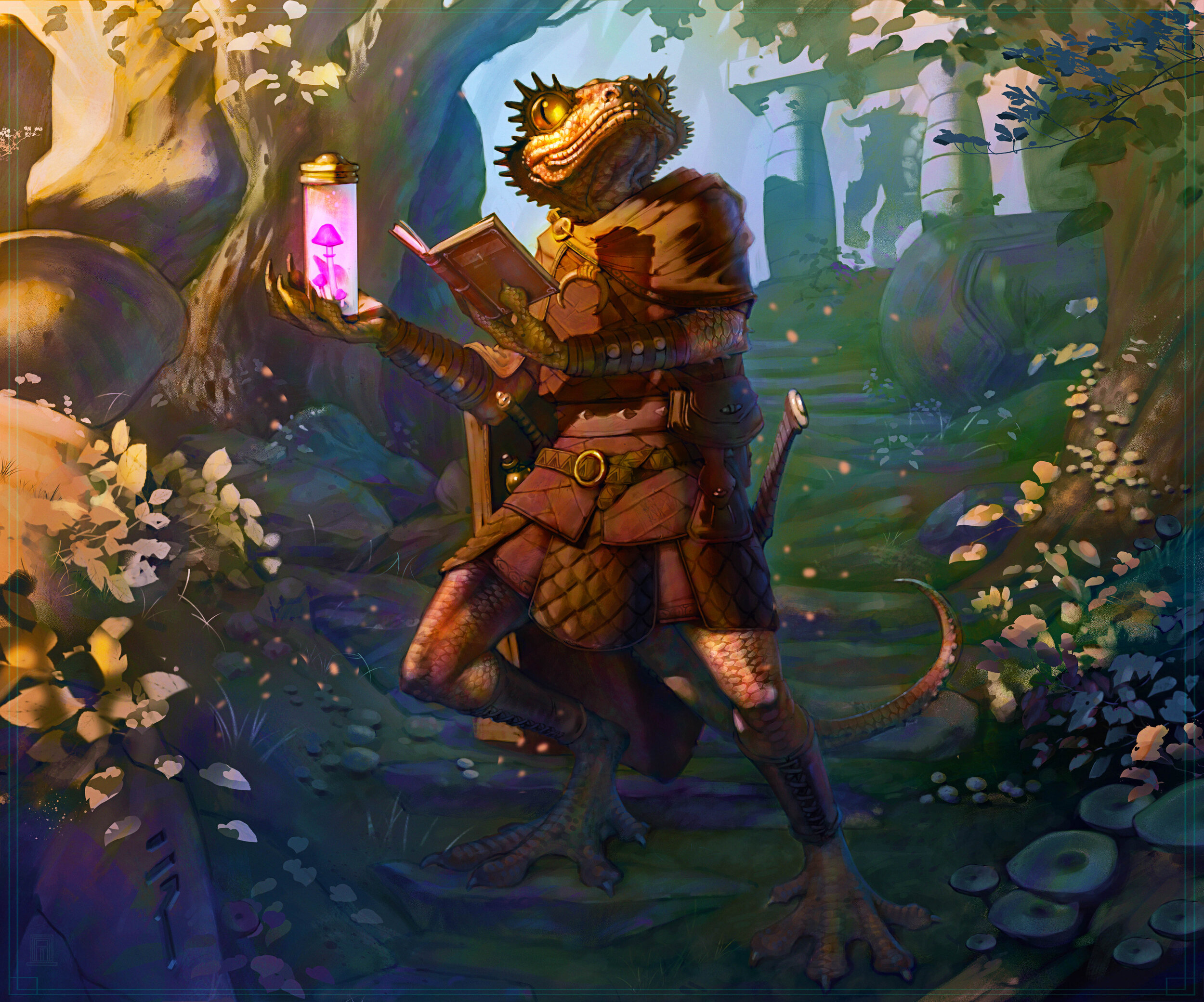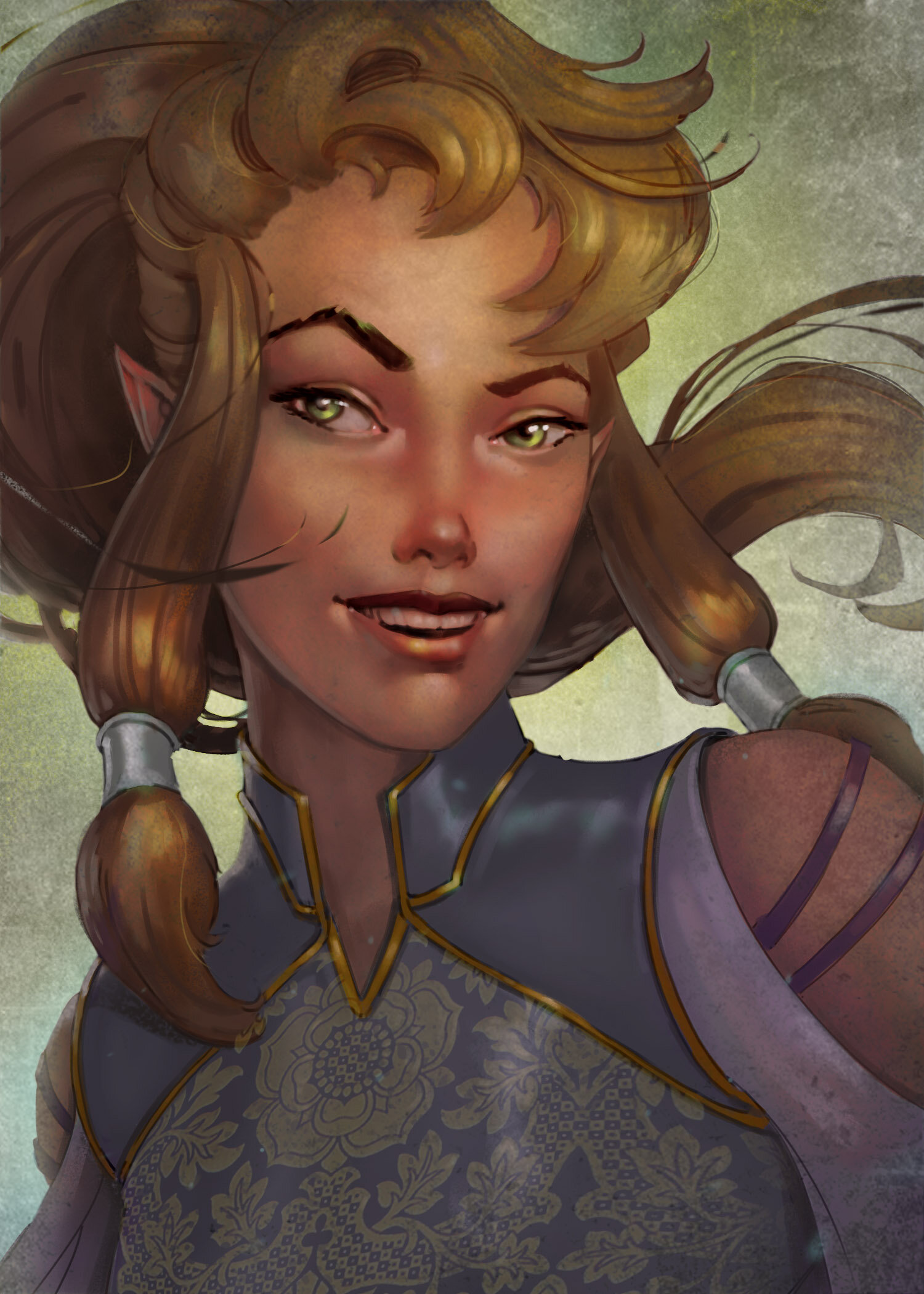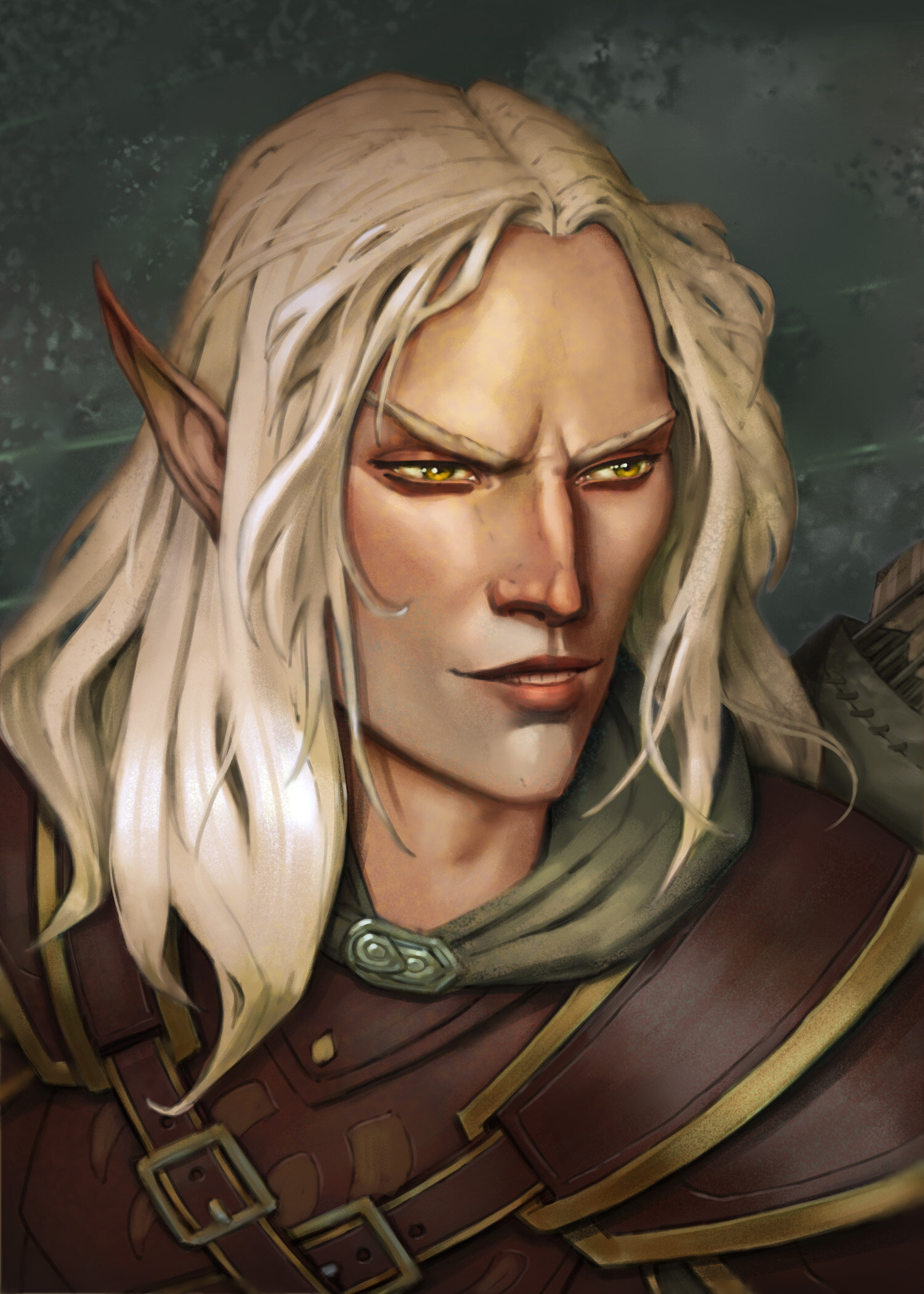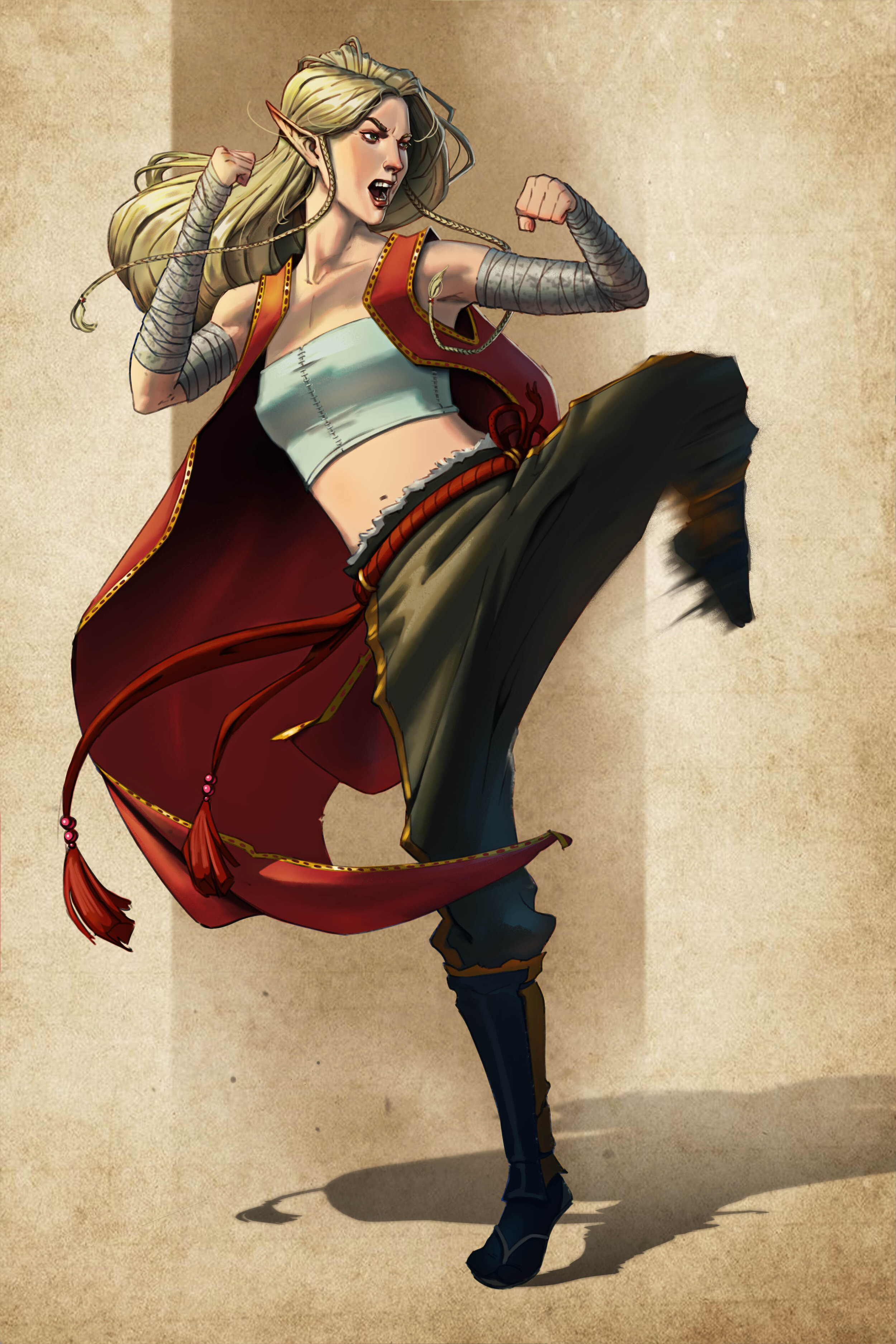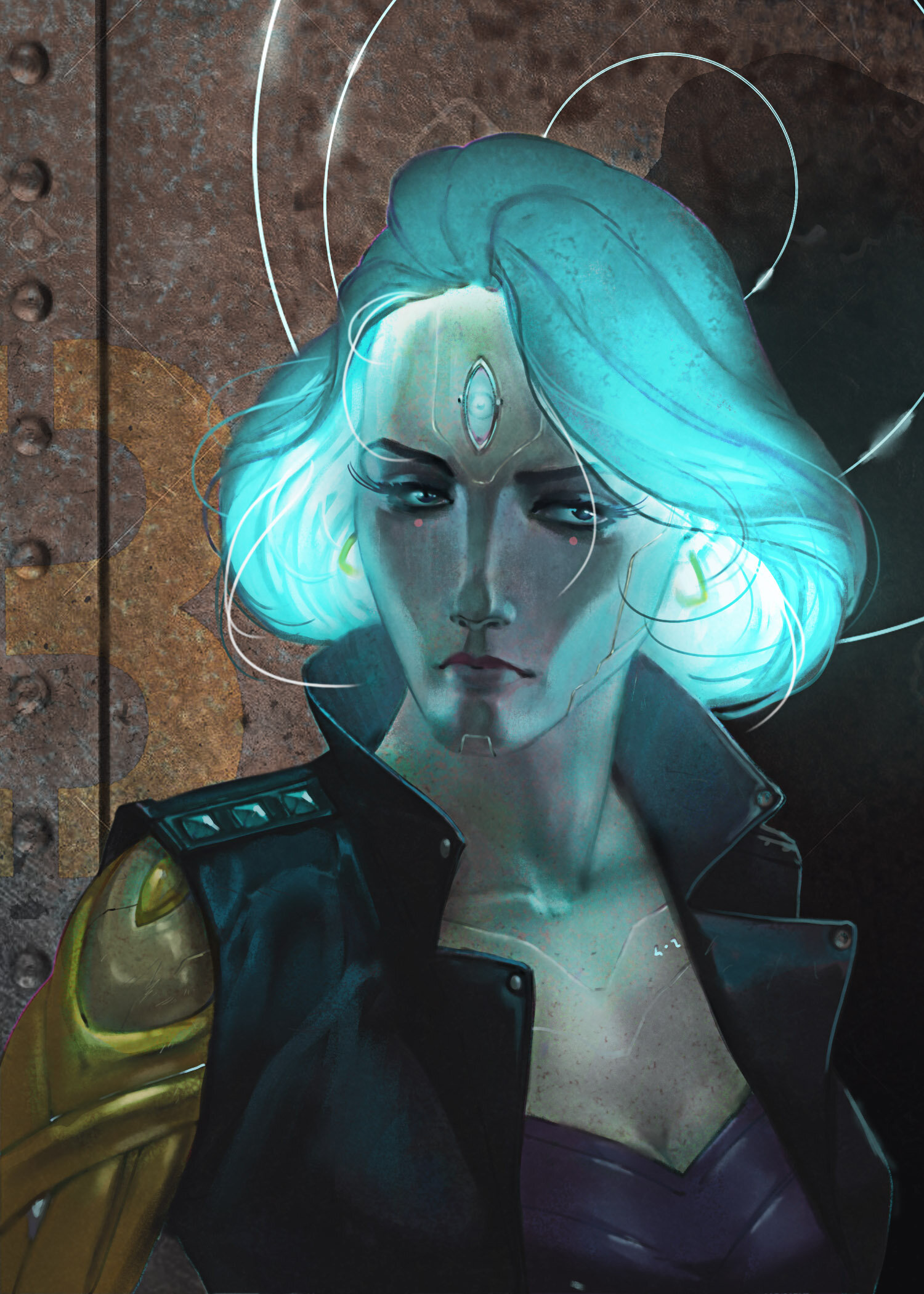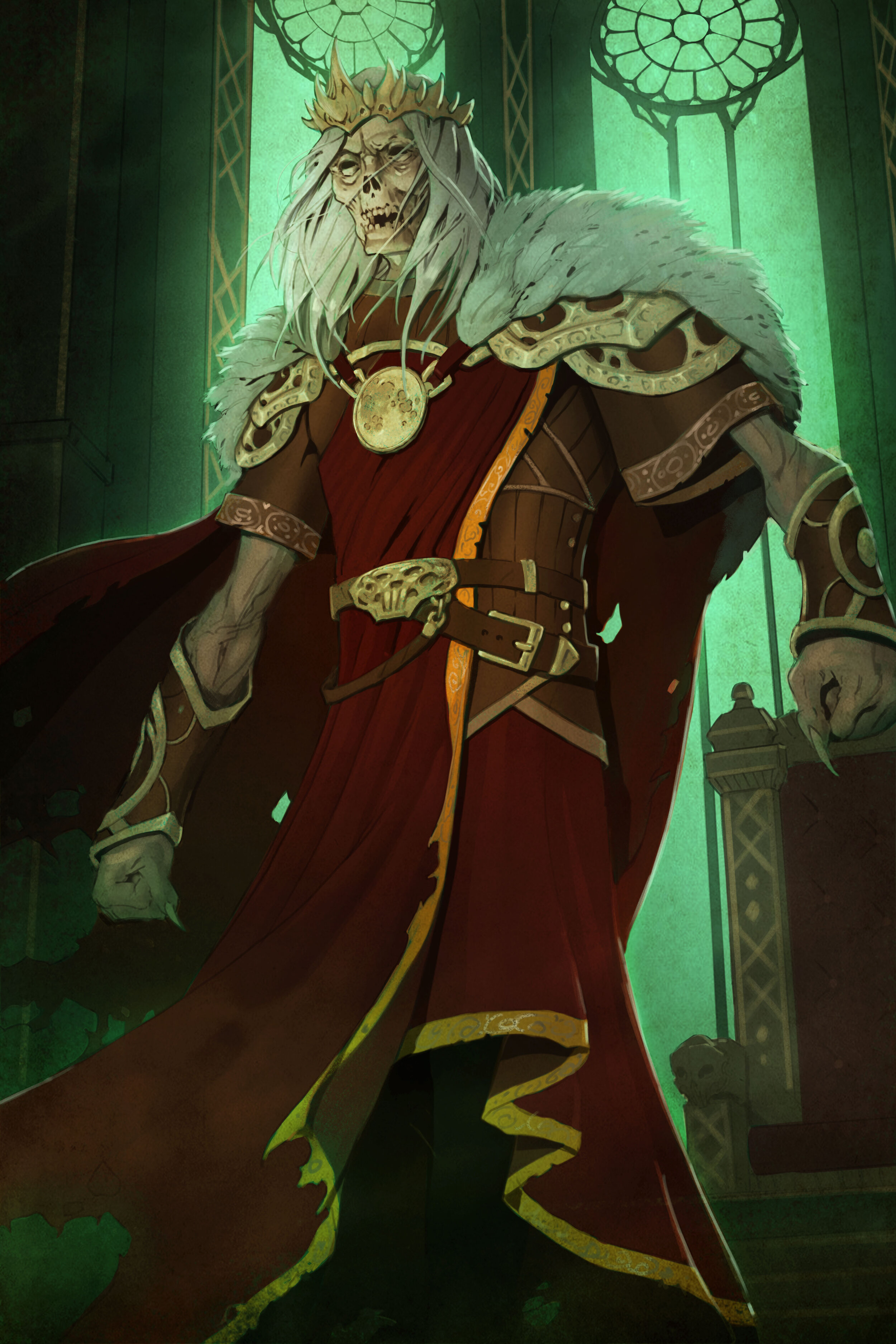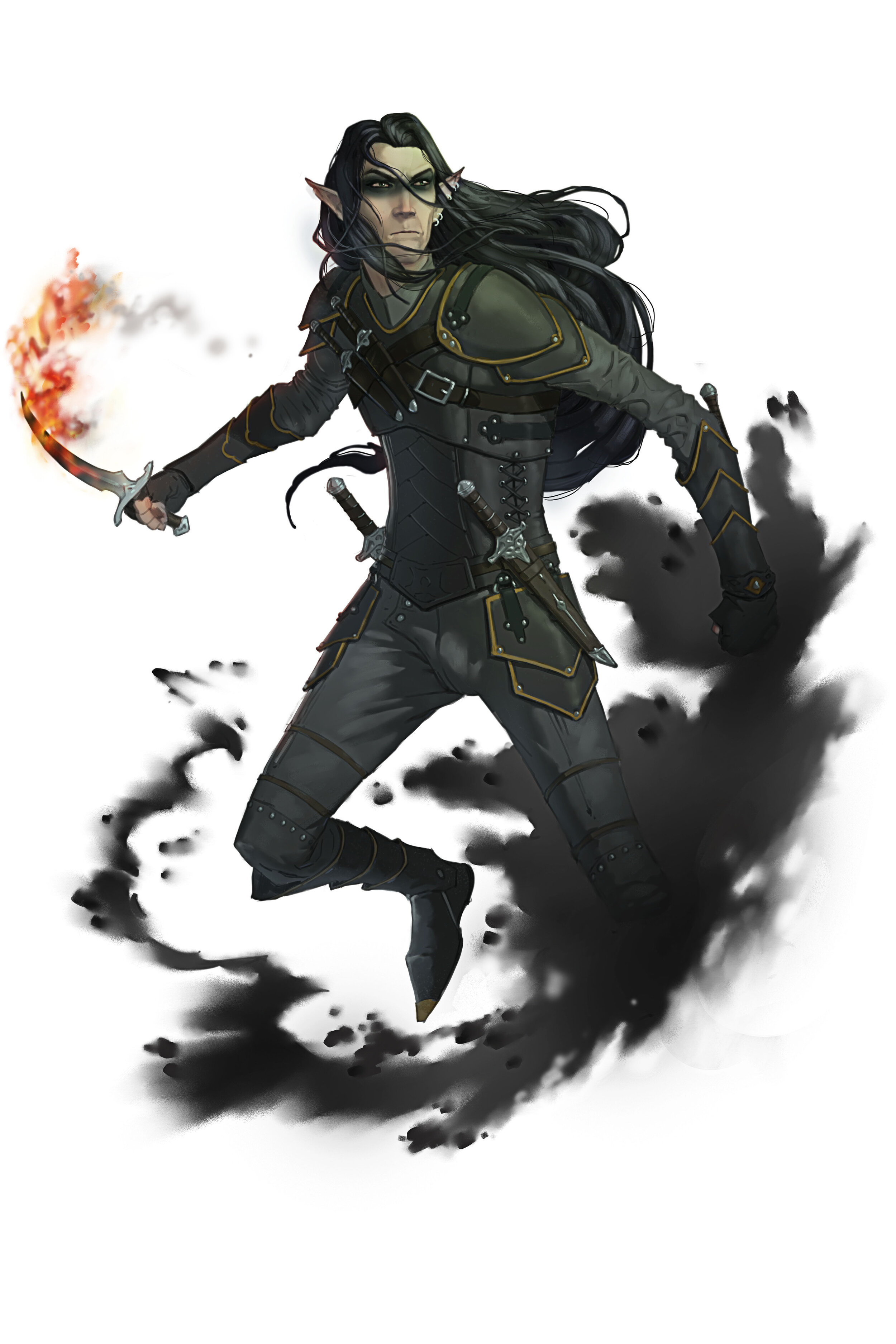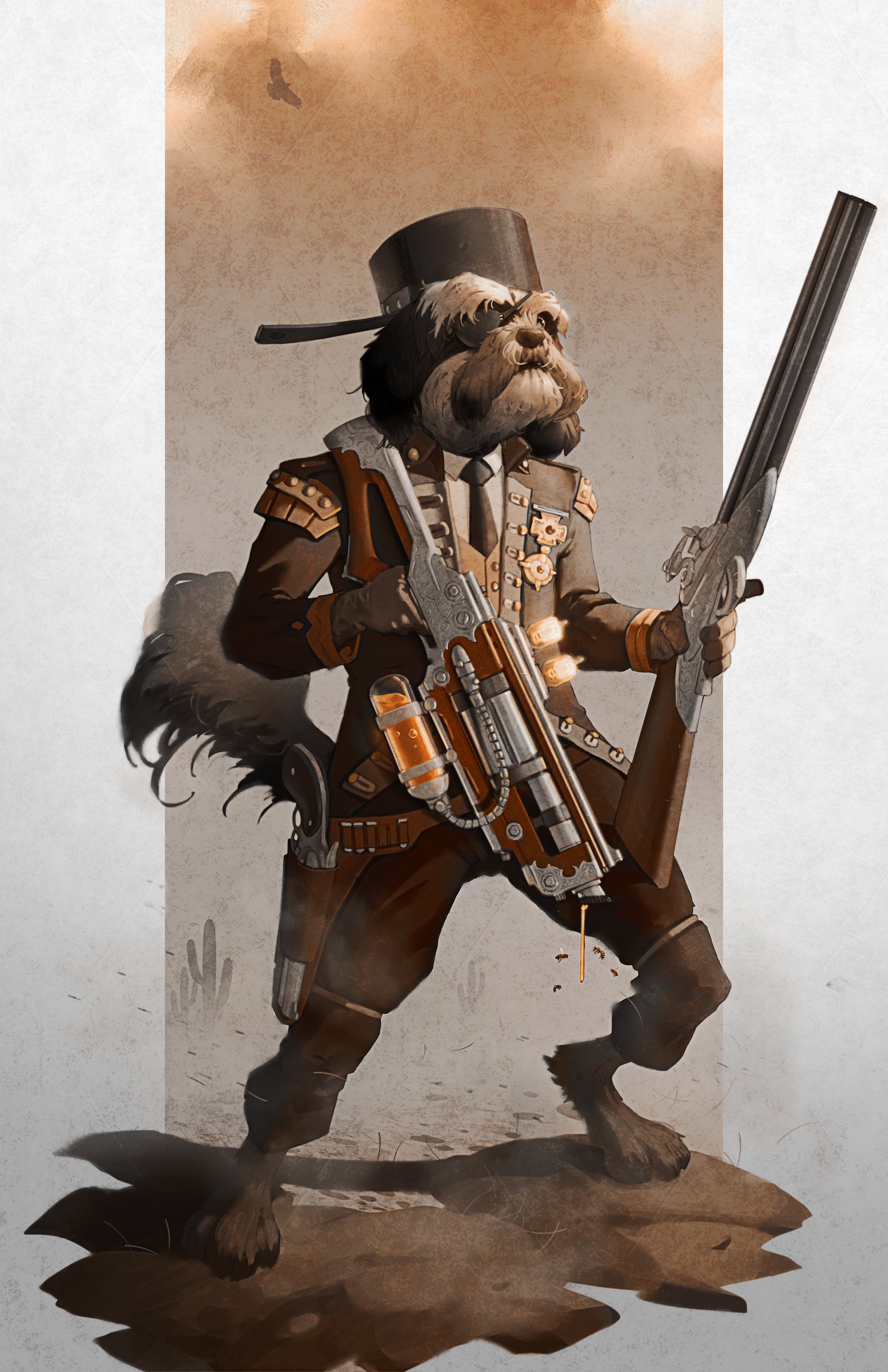Is Using References for Art Cheating or a Valuable Tool?
/When it comes to using references to make art, there are a lot of mixed signals. Is using references for making art cheating? Are there legal considerations? This read will ease your concerns, clear up misconceptions and give you insight on proper use.
Using reference is NOT cheating. Using reference is an age-old practice. When used correctly it is a valuable tool both for study and for creating original content. Like any tool, we should avoid the dangers and learn to use it effectively and with purpose.
One of the biggest misunderstandings regarding reference is that it somehow removes the authenticity of your personal expression so first, lets start with a definition of what reference actually is.
What Is Reference for Art?
101 Dalmatians: Helene Stanley (left) & Mary Wickes act out a scene as reference for Disney animators.
Reference is not something you copy or claim as your own or use directly in your creations.
In the visual arts, using reference is the practice of discovering information in a photo and/or real-world object, person, or location. This information is used to give the artist better understanding of their subject and create a stronger sense of believability in the art that is being created.
The essential thing to understand is that reference in and of itself is harmless. It is nothing more than a source of information. Every artist, at one point or another, has used reference, either as a tool for study when learning or as a way to create more realism in original artwork. Even if you have never looked at anything but real-world subjects, you are still using references.
Why Do Artists Use References?
We can’t remember every single detail of everything we have ever seen. If we only relied on our memory to create art, we would miss out on many important details that can bring depth and interest to our artwork.
When used correctly, reference bridges the gap between the limits of our memory and the believability we want to capture in our art.
Even if the intent is to create something very stylized or “unrealistic” there is still a valuable place for references. A photo or a real-world object will give you information that you use to inform your art, Even if you are being very selective about what information you choose to include, having more options is better than having less.
Filling the visual library. The most beneficial period of time to use reference is when you are learning new information. Using imagery or real-world observation to create a store of visual memory in your mind is almost a necessity. It simply isn’t possible to conjure every bit of information you will ever need for making art just by using your imagination. The images have to come from somewhere. You have to fill the visual library before you can make use of the information there and doing so requires study.
Creating a more convincing reality. You don’t have to be aiming for photorealism in your work to want the imagery to be convincing and believable. Using an image that depicts the conditions, textures, and effects you are striving for in a real-world setting can offer pieces of information you may otherwise have missed or imagined incorrectly.
Norman Rockwell: the soda fountain
How to Use Art Reference
There are risks when using references for art so it is important to know how to use it effectively without becoming dependant on it.
Art reference should inform and support the decisions you make in creating a piece of art. However, for references to have a positive impact on your work, you must remain in control of the decision-making process.
Here are some highly effective ways to use reference as a powerful tool while allowing your own creativity and imagination to take the lead:
Study and learning. References are a great resource when studying to improve. Find photos of the themes and subjects you are trying to learn, study them with quick sketches or try and memorize them in your mind’s eye. Then put them away and try to recreate what you have observed from memory. When you run into a wall and can not go any further, repeat the process. This is a very powerful way to develop your visual library and sense of design.
Brainstorming, sketching, and thumbnails. When you are creating original content you may want to start first by letting you imagination run wild and play with a wide variety of ideas. Explore these ideas with brainstorming exercises, quick doodles and sketches. It is also very useful to create miniature scale versions of your composition called thumbnails.
Using these techniques you will create new ideas quickly. These ideas will build on each other and lead to surprising solutions. Once you have a strong idea for the story you want to tell you can then seek reference which will help you create the imagery you need to tell that story.
The reference sandwich. When searching for reference make sure you have developed an idea to some degree beforehand. Don’t let your reference search dictate the direction of the art. That’s when your art becomes dependent on the reference. When you have a collection of references that support your initial idea use the reference to help establish the general features. This might include some characteristics of lighting, anatomy, or costume design, just for example.
Set the groundwork and develop the elements of your design far enough to start being able to build from your own knowledge. Then put the reference away and start working from your own sense of design and aesthetics. Now it’s the time for your artistic voice to come through.
At points, you may encounter roadblocks. Maybe you are struggling with some anatomy or the folds of a dress are not looking as convincing as you would like. That’s when the reference can come back out. Use it to polish and put the finishing touches on a piece. By this time, the touch of your personal flair and style is in place so you are just getting minor technical details hammered out.
Whenever possible create your own reference. if you need a particular pose, with a specific kind of lighting then set up your own photoshoot! This doesn’t have to be a big expensive production with professional models and costumes. It could be as simple as setting your phone up with a timer so you can get into the pose that you need for a figure. Or, if you want to get more elaborate, you can do some thrift store hunting to find fabrics and clothing that will emulate the costume design you are creating.
The next level is to use lamps in your house to create the lighting scenario you want. if the lighting in the scene you are painting has a specific color try and find light bulbs that are color tinted to create that look for a photo.
Paolo Rivera posing as reference for his AVENGERS cover: Black Widow & Captain America paolarivera.com
Use references from a wide variety of sources. There is a saying that stealing from one person is plagiarism but stealing from 10 people is research. The point is that if you use a variety of sources your creative response will mirror the variety rather than the specific look of one or two things.
Make it your own. How can you apply creative color palettes? What details can you alter? Always be conscious of ways you can interpret the images you are using for reference so that you are not just mindlessly copying. In this way, you can be inspired by your references rather than being dependant on them to do all the work for you.
When Is Using Reference a Drawback?
Obviously, overt theft is a bad idea but you can still get yourself into trouble if you replicate an image too closely in your work, even if your intent is not to plagiarize. This can happen without the artist even realizing it.
In some cases, reference can become a crutch if you rely on it too much or you use it at the expense of developing your visual library. To counteract these pitfalls use references as a study guide early on and then create as much as you can of your own imagery from memory, imagination. Practice using your own problem-solving skills and they will become stronger and your need for more and more specific references will become less demanding.
Do Professionals Always Use References In Their Work?
Dave Rapoza: “I collect reference materials & keep a mirror nearby”
Professional artists are using reference more often than not but some use it more than others. Some professional artists use reference only as a way to develop their ability to draw or paint but avoid using reference directly when they are creating an original piece.
Some artists feel it can hinder their ability to stay original or that it prevents their compositions from feeling alive and fresh. Arguably this has more to do with the artist than the use of reference but that doesn’t mean they are wrong. Every artist has to figure out for themselves what works best in their process and just because one artist does it one way, doesn’t mean you have to do it that way or that you are wrong for doing it differently.
Can You Draw Without Reference?
You might be thinking that if references are such a good tool why would you ever make art without them? Or you might be thinking of artists you know who never use references.
Certainly, it is possible to draw without reference and this practice should even be encouraged as a way to develop your personal style and imagination.
Drawing without reference is good practice to strengthen the mental power needed for developing creative ideas. When you are studying it is very beneficial to use the reference as a learning aid, then to put it away and try and recreate your own version of the image based on what you remember.
Often times you may want to start your art pieces without references and only search for them if there is a very specific need. Or just to not use reference at all!
There is no right or wrong answer when it comes to using references for art. Your biggest success will come from trying many combinations of options and seeing what works best for you.
Is Tracing a Good Way to Learn?
It goes without saying that you should never trace an image and call it your own. There is one place, however, where it may be appropriate to trace reference images.
When used as a method of study tracing images can teach you many things about construction and composition. When tracing images to learn you must follow the tracing with a drawing of your own effort so the information becomes part of your visual memory.
When it is being used to learn, tracing should only be used as a way to analyze a subject to learn how it is put together, how it is positioned in space, what are its proportions, and so on.
How To Use Photo References Without Violating Copyright Law
Even if you are not directly tracing or copying, using photo references for making art can get you into trouble if you are not careful. Copyright law will also change from region to region so be aware of what your countries regulations entail.
To ensure you are safe from copyright violation use references for your art from sources that offer royalty-free photography or that will grant you a licensing agreement for a fee. If that is not an option be sure to alter the nature of the work so that it is your own interpretation.
In the U.S. Courts will measure copyright infringement four points from §107 of the Copyright Act:
How the copyrighted material was used, most specifically, whether such use was for profit or not.
The content and nature of the original copyrighted work
What amount of the copyrighted work has been used in relation to the original as a whole.
Whether the use of the copyrighted work has affected the market value of the original content.
Where To Get References
One of the most overlooked sources of free reference photos is taking your own pictures. Most artists will have access to a high-quality camera in their pocket. By now every smartphone is equipped with a state-of-the-art camera. This is the perfect opportunity to begin developing a library of helpful photos.
If taking your own photos is not an option there are many online resources for pictures that will not violate copyright. You can use free services like stocksnap.io, pixabay, or pexels. There are also paid services like Adobe Stock, Dreamstime, and Shutterstock
You can also click here for a long list of more free sites. Some of these sites do have creative commons agreements so be sure to read their instructions carefully. If you are creating large volumes of content, the paid sites may actually be cost-effective as they will save time with searchability and more variety.
Thanks For Reading!
If you ever want to ask questions or discuss anything you read here please feel free to reach out through the contact page or visit my Twitch channel and ask me anything in real-time! I stream Wednesday-Friday 10 am-3 pm PST.
I also co-host a podcast for artists called Art Condition where we discuss the business and mindset for artists. Click here to see past episodes and subscribe on your favorite platform.
